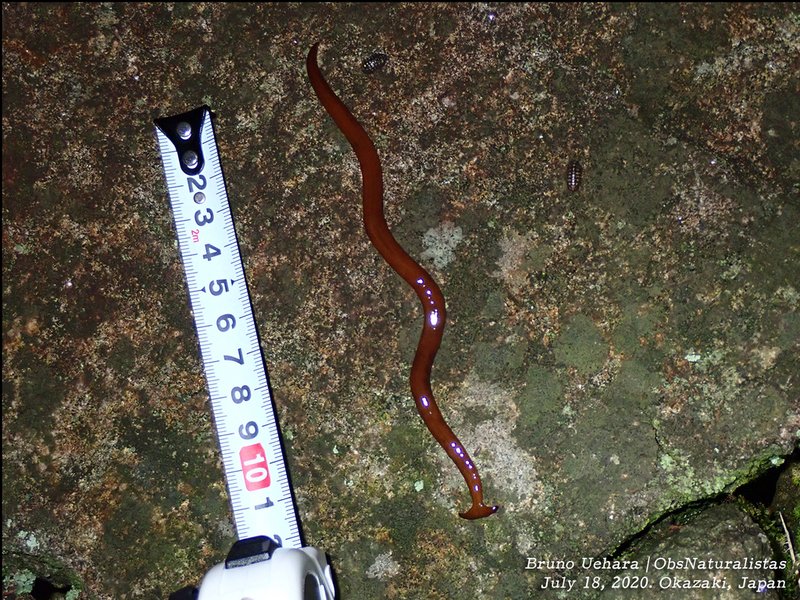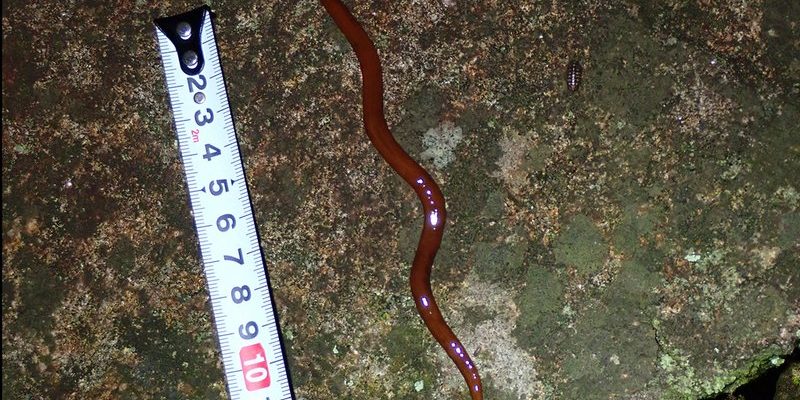
Imagine you’re out in your garden, inspecting what’s going on beneath the leaves. You spot something wriggling and think, “Is that a worm or something else?” It’s easy to get confused! Let’s break down these three beings so you can confidently identify them the next time you’re exploring outdoors.
What Are Hammerhead Worms?
You might be wondering, what exactly are hammerhead worms? These fascinating creatures, scientifically known as **Bipalium**, are flat, elongated worms that have a unique shape—like the head of a hammer, of course! They can grow up to several inches long and stand out with their broad, flat heads.
**Hammerhead worms are typically found in moist environments**. You’ll often spot them in gardens, under leaf litter, or in the soil, where they hunt for prey. What’s really interesting about these worms is their diet; they primarily feed on earthworms. So, if your garden seems less populated with earthworms, a hammerhead worm might be the culprit!
Another striking characteristic is their colors. They can range from brown to gray, sometimes even showing stripes. Their texture is smooth, which may evoke a sense of curiosity or discomfort, depending on your take on worms. But here’s the thing: don’t let their looks fool you. While they’re not harmful to humans, they can be quite the menace to your garden’s earthworm population.
Millipedes: The Many-Legged Wonders
Now, let’s shift gears to millipedes. These critters often cause a moment of double-take because they’re more common than you might think! Unlike hammerhead worms, millipedes belong to the class **Diplopoda**, and they’re known for their numerous legs—up to 400 in some species! They have a cylindrical body, which makes them look more like little, segmented trucks rolling along.
**Millipedes thrive in damp environments**, feeding on decaying plant matter. They’re nature’s recyclers, playing a crucial role in breaking down organic material, returning nutrients to the soil. When you spot a millipede, you’ll notice their bodies are usually brown or black and often have a glossy appearance.
These creatures are harmless; in fact, they won’t bite or sting. However, some species can secrete chemicals that might cause skin irritation. So, if you see one scuttling around your garden, it’s doing more good than harm, but be cautious if you handle them!
Slugs: The Slimy Garden Guests
Next up is the slug. If you’ve got a garden, you’ve likely encountered these slimy little visitors. Slugs are soft-bodied, and they belong to the class **Gastropoda**. Unlike snails, they don’t have a shell, which gives them a distinct look. They typically range from an inch to several inches long and can be a variety of colors, including gray, brown, or even yellow.
One of the defining features of slugs is their slimy exterior, which helps them retain moisture. They tend to come out during damp weather or at night, making your garden their buffet. Their diet primarily consists of plants, and they can be quite the nuisance, munching on your beautiful flowers and vegetables.
**Slugs leave a telltale trail of slime** behind them, which can be a good way to identify a slug’s recent visit. While they can be a gardener’s bane, they also play a role in the ecosystem by decomposing organic material and enriching the soil.
Comparing Hammerhead Worms, Millipedes, and Slugs
Now that we’ve introduced the three creatures, let’s summarize their key differences.
- Shape: Hammerhead worms have a flat, hammer-shaped head, while millipedes have a cylindrical, segmented body, and slugs are soft and elongated.
- Skin Texture: Hammerhead worms are smooth, millipedes are more rigid with visible segments, and slugs are slimy.
- Diet: Hammerhead worms eat earthworms, millipedes consume decaying plant matter, and slugs feast on living plants.
- Behavior: Hammerhead worms are predatory, millipedes are scavengers, and slugs are herbivores.
When you’re out and about, consider these distinctions. It makes a world of difference when you know what pesky creature you’re dealing with!
Why It Matters: Understanding Your Garden Ecosystem
You might be asking, why should I care about distinguishing between these creatures? Well, understanding your garden ecosystem is crucial for a healthy environment. Knowing what’s thriving in your garden can help you make better choices about pest control, plant selection, and even composting.
For instance, if you realize you have an influx of hammerhead worms, that might be a sign to check your soil for earthworm populations. On the other hand, if you’re spotting a lot of slugs, it might be time to take some preventive measures to protect your plants.
Every creature has its place in the ecosystem, and even creatures like hammerhead worms can impact the garden’s balance. By paying attention to these differences, you can help maintain that balance and ensure your garden flourishes.
In the grand scheme of things, knowing how to distinguish hammerhead worms from millipedes and slugs may seem trivial, but it’s part of a larger picture. Each creature plays a role, and understanding them helps protect the delicate balance in your garden.
When you’re out exploring, take a moment to appreciate these unique beings. Whether it’s the hammerhead worm’s predation, the millipede’s recycling work, or the slug’s culinary adventures, they all contribute to the rich tapestry of life around us. So, the next time you spot one of these creatures, you’ll not only know what it is but also appreciate the role it plays in nature. Happy exploring!

